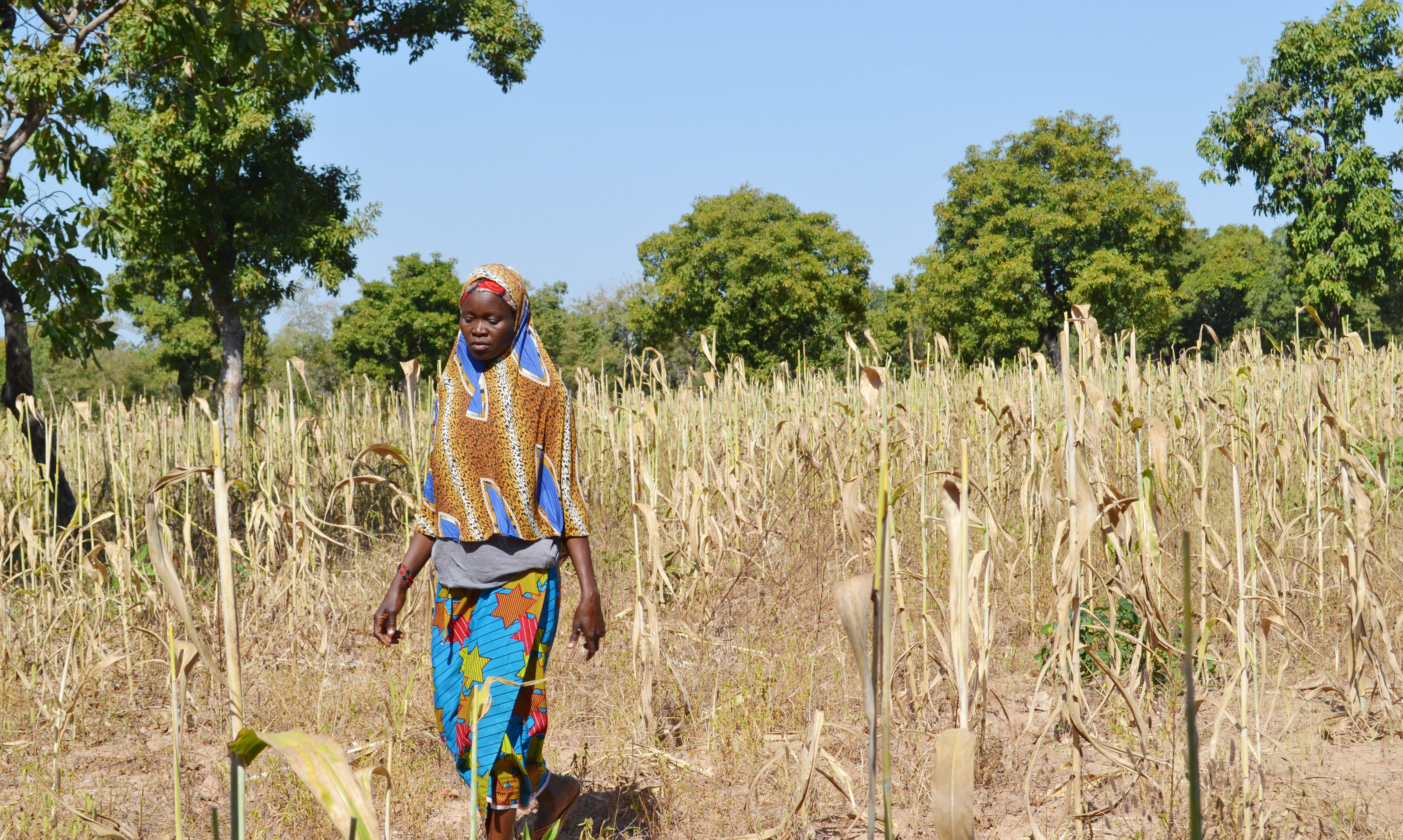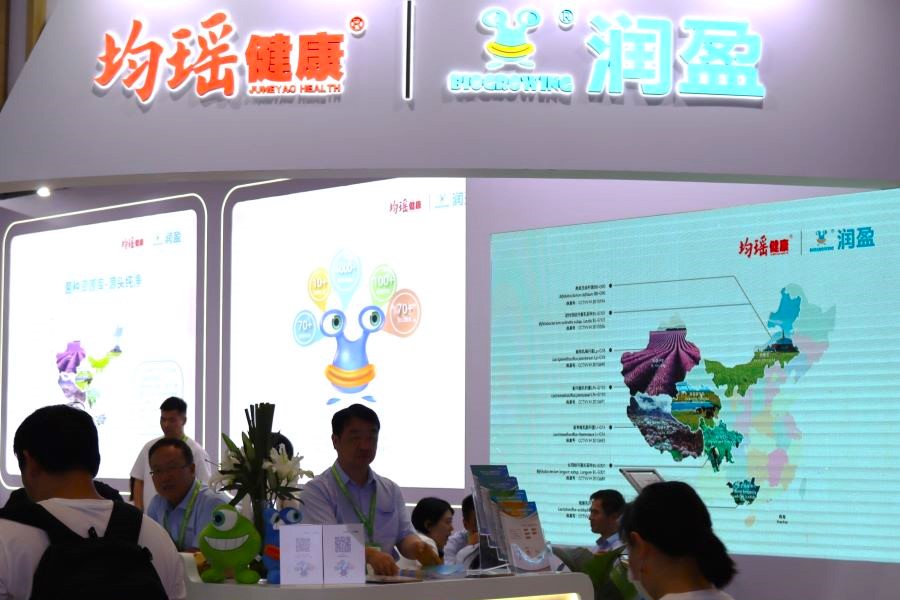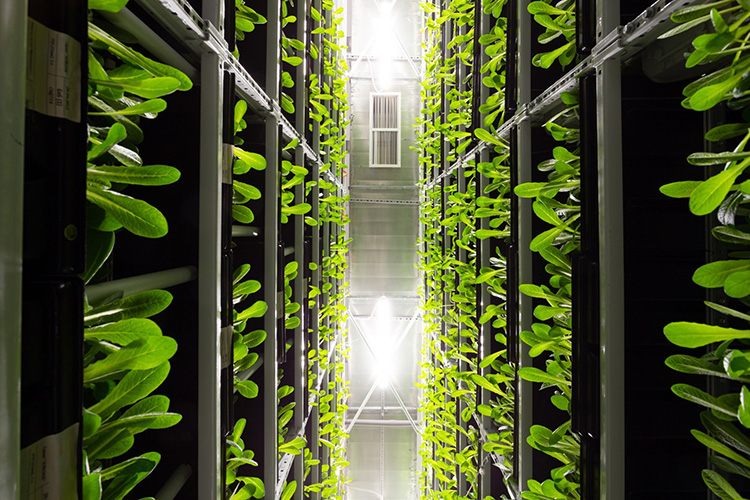Project Report: A Climate-Smart Agronomy Vision for Adapted Crops and Soils (AgVACS)
Introduction and Strategic Objectives
A new international initiative, “A Climate-Smart Agronomy Vision for Adapted Crops and Soils” (AgVACS), has been launched to enhance the climate adaptation readiness of agricultural systems in the savannah regions of sub-Saharan Africa. This project represents a significant collaborative effort to address critical agricultural and environmental challenges, directly contributing to the achievement of several United Nations Sustainable Development Goals (SDGs).
The primary objectives of the AgVACS initiative are:
- To develop and implement climate-smart agronomic practices that improve the resilience of smallholder farming systems.
- To enhance the livelihoods and food security of vulnerable, low-income communities in Ghana and Nigeria.
- To serve as a scalable model for broader research and implementation across regions vulnerable to climate change.
Addressing Global Challenges: Project Rationale and SDG Alignment
Smallholder farms, which constitute approximately 80% of global agricultural holdings, are fundamental to the global food supply. However, these farms, particularly in sub-Saharan Africa, face severe challenges that undermine progress towards key SDGs.
Key Challenges and Corresponding SDGs
- Poverty and Economic Instability (SDG 1: No Poverty): Farmers experience low and unpredictable yields, leading to limited profitability and perpetuating cycles of poverty in vulnerable communities.
- Food Insecurity (SDG 2: Zero Hunger): Climate variability, inefficient resource use, and poor soil fertility compromise the production of a stable and nutritious food supply.
- Climate Vulnerability (SDG 13: Climate Action): Smallholders are disproportionately affected by climate change impacts, including extreme droughts, flooding, and increased pest and disease outbreaks.
- Land Degradation (SDG 15: Life on Land): Deteriorating soil health reduces agricultural productivity and damages terrestrial ecosystems.
Methodology and Strategic Focus
The AgVACS project will conduct research into climate-smart agronomic practices and cropping systems, with fieldwork concentrated in the cereal-legume farming regions of northern Ghana and Nigeria. The research aligns with CGIAR’s Sustainable Farming Science Program and focuses on solutions that support multiple SDGs.
Core Research Areas
- Promotion of Underutilized Crops: The initiative will investigate the potential of resilient, underutilized legume crops, such as Bambara groundnut and pigeon pea, to help farmers adapt to climate-related stresses. This focus supports SDG 2 (Zero Hunger) by diversifying food sources and improving nutritional quality.
- Enhancing Climate Resilience: Research will identify and promote cropping systems that are more resilient to extreme climate events, directly contributing to SDG 13 (Climate Action).
- Improving Soil Health: A central goal is to introduce practices that improve soil health, which is critical for sustainable agriculture and aligns with SDG 15 (Life on Land).
- Optimizing Spatial Information: UK partners will contribute expertise in using new and legacy spatial data to develop decision-making tools for farmers, enhancing the efficiency and impact of agricultural interventions.
Anticipated Outcomes and Contribution to Sustainable Development
The AgVACS initiative is projected to deliver significant improvements to smallholder farming systems, creating a positive impact on livelihoods and the environment. The expected outcomes are directly linked to advancing the Sustainable Development Goals.
- Enhanced Livelihoods: By improving crop resilience and productivity, the project aims to increase the profitability of smallholder farms, contributing to SDG 1 (No Poverty).
- Improved Food and Nutrition Security: The focus on maintaining high levels of productivity and nutritional quality will strengthen local food systems, advancing SDG 2 (Zero Hunger).
- Strengthened Climate Adaptation: The project will equip farming communities with the knowledge and tools to build systems resilient to climate change, fulfilling a key objective of SDG 13 (Climate Action).
Collaborative Framework: A Partnership for the Goals (SDG 17)
The success of the AgVACS project is built on a robust international partnership that exemplifies SDG 17 (Partnerships for the Goals). The consortium unites expertise from research institutions, universities, and local bodies across Africa and the UK.
Project Partners
- Rothamsted Research
- UK-CGIAR Centre
- International Institute of Tropical Agriculture (IITA)
- Alliance of Bioversity International and CIAT (ABC)
- The Council for Scientific and Industrial Research–Savanna Agricultural Research Institute (CSIR–SARI), Ghana
- Bayero University Kano (BUK), Nigeria
- University of Nottingham, UK
- University of Warwick, UK
This collaboration is supported by funding from UK International Development and the Biotechnology and Biological Sciences Research Council (BBSRC), reinforcing the global commitment to achieving sustainable development through scientific cooperation.
Analysis of Sustainable Development Goals (SDGs) in the Article
1. Which SDGs are addressed or connected to the issues highlighted in the article?
The article discusses a project that addresses several interconnected challenges faced by smallholder farmers in sub-Saharan Africa. Based on the content, the following SDGs are directly relevant:
- SDG 1: No Poverty – The project aims to improve the livelihoods of vulnerable and low-income communities, which is a core objective of ending poverty.
- SDG 2: Zero Hunger – The focus is on enhancing agricultural systems, improving productivity, tackling food supply challenges for smallholder farms, and improving the nutritional quality of crops.
- SDG 13: Climate Action – The initiative is explicitly designed to enhance the “climate adaptation readiness” and “climate resilience” of agricultural systems to combat the effects of climate change like droughts and flooding.
- SDG 15: Life on Land – The project addresses “deteriorating soil health” and aims to implement practices that improve it, which is directly related to halting land degradation.
- SDG 17: Partnerships for the Goals – The article highlights a major collaboration between institutions in the UK, Ghana, and Nigeria, as well as international bodies like CGIAR, exemplifying a multi-stakeholder partnership for sustainable development.
2. What specific targets under those SDGs can be identified based on the article’s content?
The article’s description of the AgVACS project’s goals and methods allows for the identification of several specific SDG targets:
- Target 1.5: By 2030, build the resilience of the poor and those in vulnerable situations and reduce their exposure and vulnerability to climate-related extreme events.
- Justification: The project focuses on making farming systems “more resilient to extreme climates” for “vulnerable and low-income communities” in sub-Saharan Africa, who face “extreme droughts, flooding, pest and disease outbreaks.”
- Target 2.3: By 2030, double the agricultural productivity and incomes of small-scale food producers.
- Justification: The article states that smallholder farms face “low and unpredictable yields and limited profitability.” The project aims to deliver “improvements to cropping systems” while “maintaining high levels of productivity” to ultimately improve livelihoods.
- Target 2.4: By 2030, ensure sustainable food production systems and implement resilient agricultural practices that increase productivity and production, that help maintain ecosystems, that strengthen capacity for adaptation to climate change, extreme weather, drought, flooding and other disasters and that progressively improve land and soil quality.
- Justification: The initiative is centered on “climate-smart agronomic practices and cropping systems” and aims to “improve soil health,” directly aligning with the goal of creating resilient and sustainable agricultural systems.
- Target 13.1: Strengthen resilience and adaptive capacity to climate-related hazards and natural disasters in all countries.
- Justification: The project’s primary stated goal is “enhancing the climate adaptation readiness of agricultural systems” and making them “more resilient to extreme climates.”
- Target 15.3: By 2030, combat desertification, restore degraded land and soil, including land affected by desertification, drought and floods, and strive to achieve a land degradation-neutral world.
- Justification: The article identifies “deteriorating soil health” and “poor soil fertility” as key challenges. A stated outcome of the project is to “improving soil health.”
- Target 17.16: Enhance the global partnership for sustainable development, complemented by multi-stakeholder partnerships that mobilize and share knowledge, expertise, technology and financial resources.
- Justification: The project is a collaboration uniting “international expertise from CGIAR, the UK, Ghana, and Nigeria.” It explicitly mentions partners like Rothamsted, IITA, CSIR–SARI, and Bayero University Kano, showcasing a multi-stakeholder partnership.
3. Are there any indicators mentioned or implied in the article that can be used to measure progress towards the identified targets?
The article does not mention official SDG indicator codes but implies several metrics that can be used to measure the project’s success and progress towards the identified targets:
- Climate Resilience of Farming Systems: The article mentions making systems “more resilient to extreme climates.” Progress could be measured by tracking the rate of crop failure due to climate events like drought or flooding.
- Agricultural Productivity: The goal of “maintaining high levels of productivity” implies that crop yield (e.g., tonnes per hectare) is a key indicator.
- Livelihood Improvement / Farmer Income: The aim to improve “the livelihoods of vulnerable and low-income communities” suggests that changes in farmer profitability and income levels would be measured.
- Soil Health Status: The objective of “improving soil health” points to indicators such as soil fertility levels, organic matter content, or other metrics of soil quality.
- Adoption of Climate-Smart Crops: The focus on “underutilized legume crops” like Bambara groundnut and pigeon pea implies that an indicator would be the rate of adoption or the area of land cultivated with these resilient crops.
- Strength of Scientific Collaboration: The goal to “strengthen science links between UK and West Africa” can be measured by the number of joint publications, knowledge-sharing events, and trained personnel.
4. Table of SDGs, Targets, and Indicators
| SDGs | Targets | Indicators (Implied from the Article) |
|---|---|---|
| SDG 1: No Poverty | 1.5: Build the resilience of the poor to climate-related extreme events. | Livelihood improvement and income levels of smallholder farmers; Reduced vulnerability to climate shocks. |
| SDG 2: Zero Hunger | 2.3: Double the agricultural productivity and incomes of small-scale food producers. 2.4: Ensure sustainable food production systems and implement resilient agricultural practices. |
Crop productivity levels (yields); Farmer profitability; Adoption rate of resilient crops (Bambara groundnut, pigeon pea); Nutritional quality of crops. |
| SDG 13: Climate Action | 13.1: Strengthen resilience and adaptive capacity to climate-related hazards. | Enhanced climate adaptation readiness of agricultural systems; Reduced crop failure rates due to droughts and floods. |
| SDG 15: Life on Land | 15.3: Combat desertification, restore degraded land and soil. | Metrics of improved soil health (e.g., fertility, organic matter). |
| SDG 17: Partnerships for the Goals | 17.16: Enhance the global partnership for sustainable development. | Number and effectiveness of collaborations between institutions (UK, Ghana, Nigeria, CGIAR); Number of joint scientific outputs and knowledge-sharing activities. |
Source: seedworld.com







